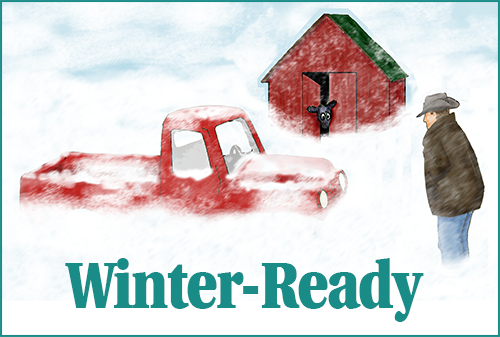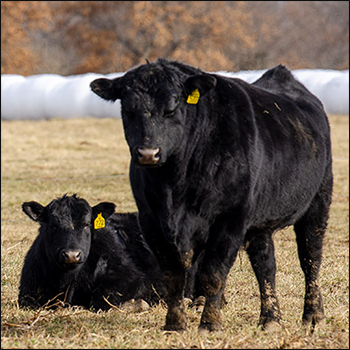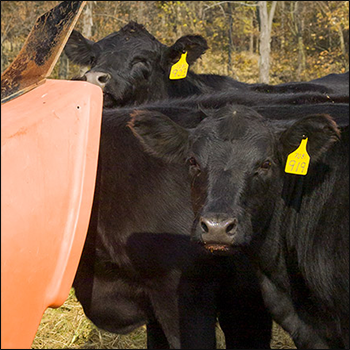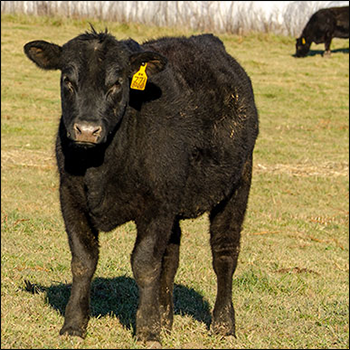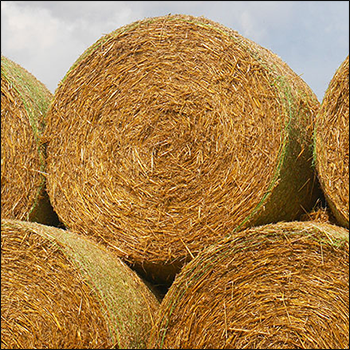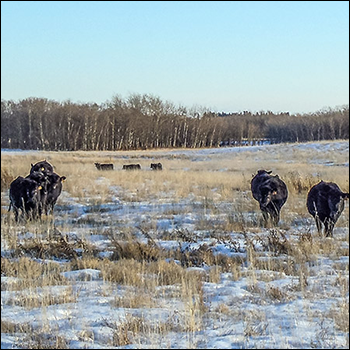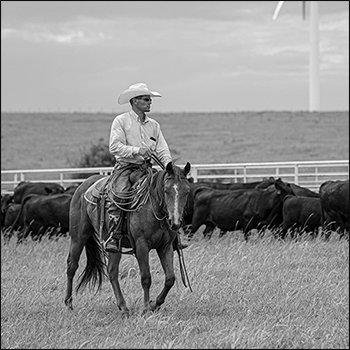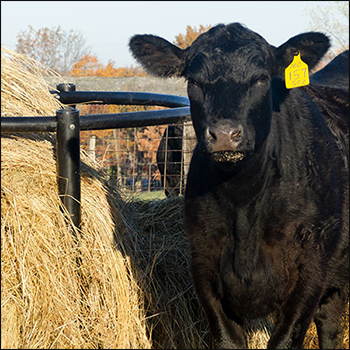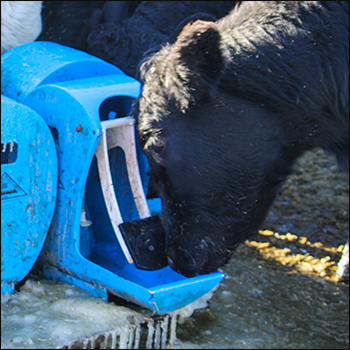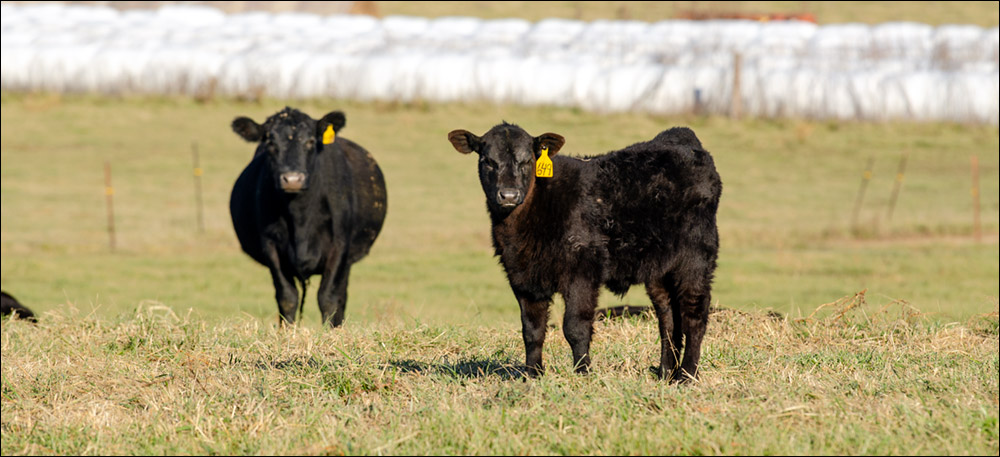
Bad News, Good News
CattleFax analyst speaks at Range Beef Cow Symposium.
He shared the bad news first, and it’s all about the higher cost of doing business. According to CattleFax Market Analyst Patrick Linnell, the United States is transitioning into “a prolonged period of inflation.” Interest rates will climb higher, at least by the second half of next year. Energy prices are likely to remain high. Prices for corn and other grains are high. Because of drought, hay prices are high.
“Cattle producers are facing higher input costs,” stated Linnell, during the Range Beef Cow Symposium hosted Nov. 16-17 in Rapid City, S.D. However, Linnell also shared some good news for cattle folk, including the expectation of higher cattle prices.
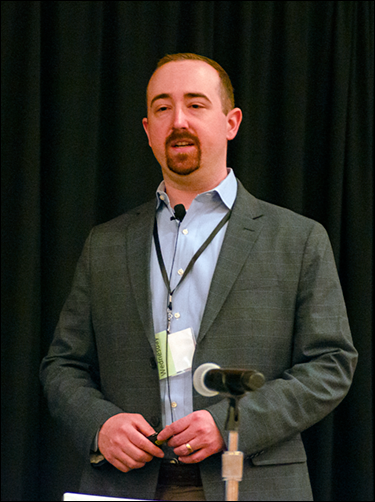 “Leverage will shift to where producers will see more of the beef dollar,” predicted CattleFax Market Analyst Patrick Linnell. [Photo by Kasey Brown] |
Noting the continued growth of the global middle class, Linnell declared it good for beef demand. Because of its huge need for animal protein, he said he expects another 5% increase in beef sales to China, along with growth in trade with more traditional partners.
“It’s likely we’ll continue to see strong exports going forward, which should be supportive of prices,” stated Linnell.
Talking about the COVID influence on increased home consumption of beef domestically, Linnell said consumers have purchased more high-quality beef at retail grocers. Demand for upper-USDA-Choice quality continues to improve. Linnell said it has resulted in premiums as high as $50 per hundredweight (cwt.) for upper-Choice carcasses. Prime carcasses have garnered premiums as high as $100 per cwt.
According to Linnell, continuing contraction of the nation’s cattle herd is cause for optimism. Since 2017, fed-cattle production has outpaced beef packing capacity by 5%-9%. That should be remedied by the new packing and processing facilities expected to come online and continued contraction of cattle numbers.
“Leverage will shift to where producers will see more of the beef dollar,” predicted Linnell.
Talking about prices, Linnell said cull-cow prices should be in the $60 range near term, and likely increasing to $70 or a bit more by late winter and spring. He noted that beef cow slaughter is up 10% year to date.
“We could see more winter marketing because drought-impacted producers are short of feed and unable to overwinter cows. Producers that are able to wait, adding weight and condition before marketing, will see the better prices,” said Linnell.
Advising that the lows are past for calf prices, Linnell said prices will likely remain sluggish for heavy long-weaned calves, while buyers bid more aggressively for light calves suitable for grass.
“Next fall, I look for calves to be $1.85-plus. That might be too soon for $2 calves, but maybe not. I wouldn’t be too surprised if we got near $2,” said Linnell, adding that fed-steer prices should reach the mid- to upper $140s by spring, soften in the summer and rebound by fall.
Looking forward, Linnell offered these marketing considerations:
- Manage cow inventory, preparing to have more calves to sell on higher markets, but increase numbers before female prices get high.
- Consider extending ownership of calves, retaining ownership for backgrounding or through finishing.
- Manage costs of feed, energy, interest and labor.
- Review your risk management toolbox, at least considering use of options and livestock risk protection (LRP) insurance.
“Don’t let greed trump profit,” advised Linnell. “Manage risk.”
Editor’s note: Troy Smith is a cattleman and freelance writer from Sargent, Neb. Lead photo by Shauna Rose Hermel.
